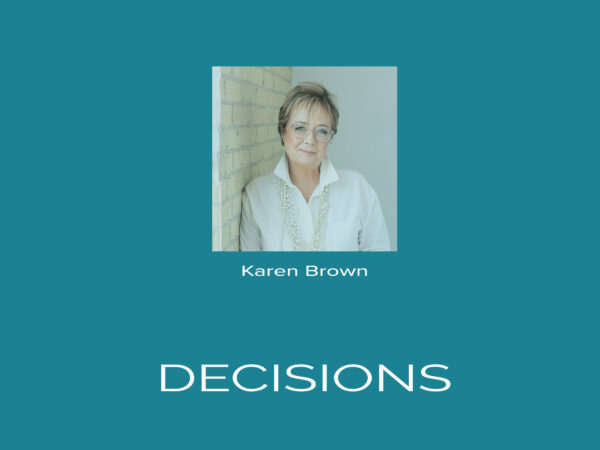Aging in place is a deeply held aspiration among Canadian seniors, allowing them to maintain independence, stay connected to their communities and avoid the high costs associated with long-term care facilities. Given today’s housing prices, selling a home could mean having to pay even more for a single-storey house or apartment with the features needed to prolong independence. According to Statistics Canada, as of April 2023, 19.3% of Canadians were aged 65 and older, translating to over 7.8 million individuals. This demographic shift underscores the importance of addressing the challenges and opportunities associated with aging in place.
The Importance of Aging in Place
For many older Canadians, remaining in their homes provides a sense of familiarity, autonomy, and community engagement. It also offers a cost-effective alternative to institutional care. The National Institute on Ageing’s 2024 survey revealed that a significant majority of Canadians aged 50 and older prioritize aging in place, emphasizing the need for supportive measures to facilitate this choice.
Financial and Logistical Challenges
Despite the desire to age in place, many seniors face financial hurdles. Rising property taxes, maintenance expenses and the costs associated with home modifications can be daunting. Additionally, only 46% of older adults feel prepared to update their homes with necessary features like grab bars, non-slip flooring, and barrier-free entries. Is the reluctance because of finances or overwhelm or perhaps not knowing where to turn? These modifications are crucial, considering that falls, roughly half of which occur inside the home, are the leading cause of injury among adults over 65, resulting in significant medical costs annually and the very real possibility of loss of independence.
Financing Options for Canadian Seniors
To bridge the gap between the desire to age in place and the financial challenges it presents, Canadian seniors can explore several financing options:
- Home Equity Loans: These loans allow homeowners to borrow against the equity they’ve built in their homes. They typically offer lower interest rates compared to unsecured loans and provide a lump sum that can be used for home modifications or other expenses. However, it’s essential to ensure that repayment terms align with one’s financial situation to avoid potential foreclosure risks.
- Home Equity Lines of Credit (HELOCs): A HELOC provides a revolving line of credit based on home equity, offering flexibility to borrow as needed up to a certain limit. This option can be ideal for ongoing or unexpected expenses related to aging in place. It’s crucial to manage withdrawals and repayments carefully to maintain financial stability.
- Reverse Mortgages: Available to homeowners aged 55 and older, reverse mortgages allow seniors to convert their home equity into tax-free cash without the requirement of monthly mortgage payments. The loan is repaid when the homeowner sells the home or moves out. This option can provide significant funds for home modifications, healthcare, or daily living expenses, enabling seniors to age in place comfortably.
- Government Programs and Grants: Various federal and provincial programs offer financial assistance for home modifications to support aging in place. For instance, the Government of Canada provides grants and forgivable loans through initiatives like the Home Adaptations for Seniors’ Independence (HASI) program, aimed at helping seniors make necessary home adaptations. Exploring these options can reduce the financial burden associated with home modifications.
Conclusion
Aging in place remains a priority for many Canadian seniors, offering benefits that extend beyond personal comfort to include financial and health advantages. By understanding and utilizing available financing options, seniors can overcome financial barriers and create safe, accommodating living environments. Proactive planning and informed decision-making are essential to ensure that the aspiration to age in place becomes a sustainable reality for Canada’s aging population. If you don’t know where to begin, locate an Aging in Place Specialist who can work with your goals and budget to advise on priorities.






Add Your Voice
0 Comments
Join the Discussion